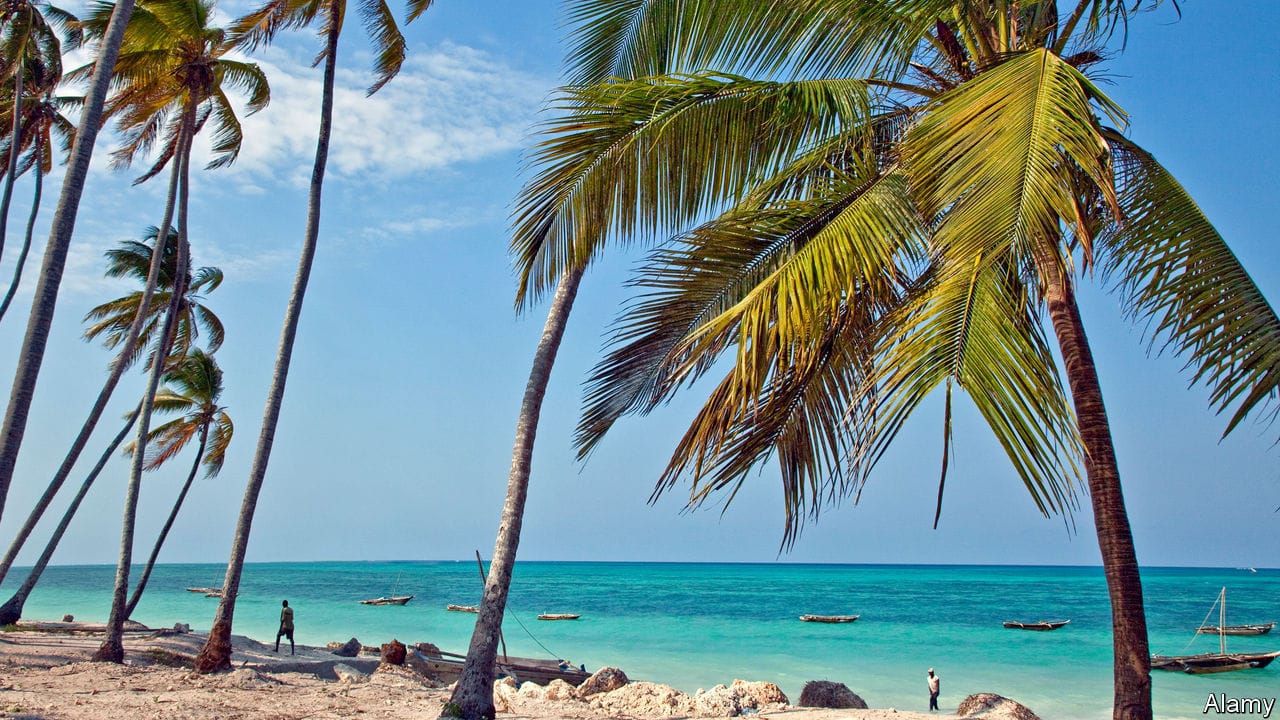- by MAJDAL SHAMS
- 07 28, 2024
-

-
-
Loading

Loading


THE ISLAND of Zanzibar has more than 4m coconut trees, and each one has an owner, says Viliai Farahani, a local chief known as a “sheha”. It is his responsibility to remember who owns every tree in and around his village. Standing outside his bungalow, he squints in the sun and points to a swaying palm in the distance. “That one belongs to Hamishim Shamba,” he says, “and that small one over there belongs to Hamisi Makami.” A man known as Haji Mucha used to own a cluster of trees to the east of the village, he explains, but he died and passed them on to his daughter.That is not unusual. In Zanzibar, the largest island in a semi-autonomous archipelago off the coast of Tanzania, coconut palms (and other fruit trees) are handed down through generations. Whereas all land is owned by the government and may only be leased for up to 99 years, fruit trees can be bought and sold. A withered mango tree on the edge of a road might well be a family heirloom. Coconut trees are the most plentiful and the most useful. Coconuts are the second most important cash crop, after cloves. Islanders also use the leaves to thatch roofs.